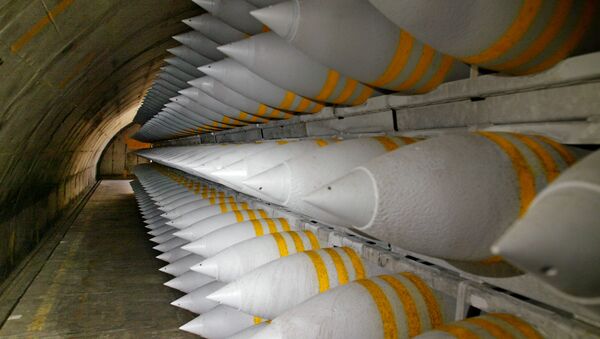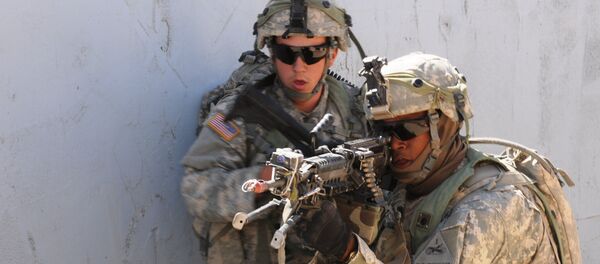According to Ann Cataldo, Deputy Assistant Army Secretary for Defense Exports and Cooperation, "its purpose is to let the military department buy in advance of [formal arms sales requests] so we can get started early on long-lead-time items, so we can stockpile things we know there's going to be an immediate rush or demand."
The fund is reminiscent of a large warehouse, combined with a large bank account, that buys and stores weapons and other military items from weapons contractors, and stores them until receiving an official purchase request from a foreign buyer. Weapons are then delivered to the buyer, speeding up the process. The fund aims to predict what kind of armament will be purchased, acquiring them in advance. During the Cold War-era this tool acquired $2.7 billion from 76 countries, according to Dudley.
Following its 2012 revival, the fund was only allowed to keep a maximum of $100 million on its account. Last year, Congress increased that sum tenfold, nearly returning it to a Cold War-level ceiling of $1.07 billion. That figure suggests that the nearly $90 million spent by the fund this year is likely to increase.



